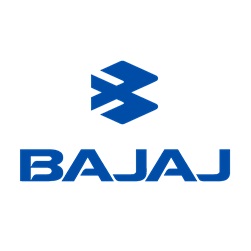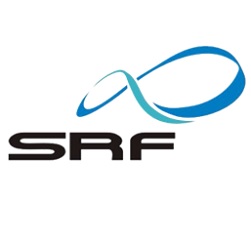Minimax was established as a 1st Indian fire extinguisher brand in 1903 with a manufacturing plant in Kolkata. Later in 1973 the brand was transferred to Steelage which was subsequently renamed as Gunnebo India Ltd in 2005. Fire Extinguishers and accessories under this brand are manufactured by Gunnebo India, at its factory in Halol, Gujarat since 2012. Halol factory is among the 8 factories of Gunnebo worldwide and it follows the highly efficient Gunnebo Operations System (GOS)
Read More...




























































